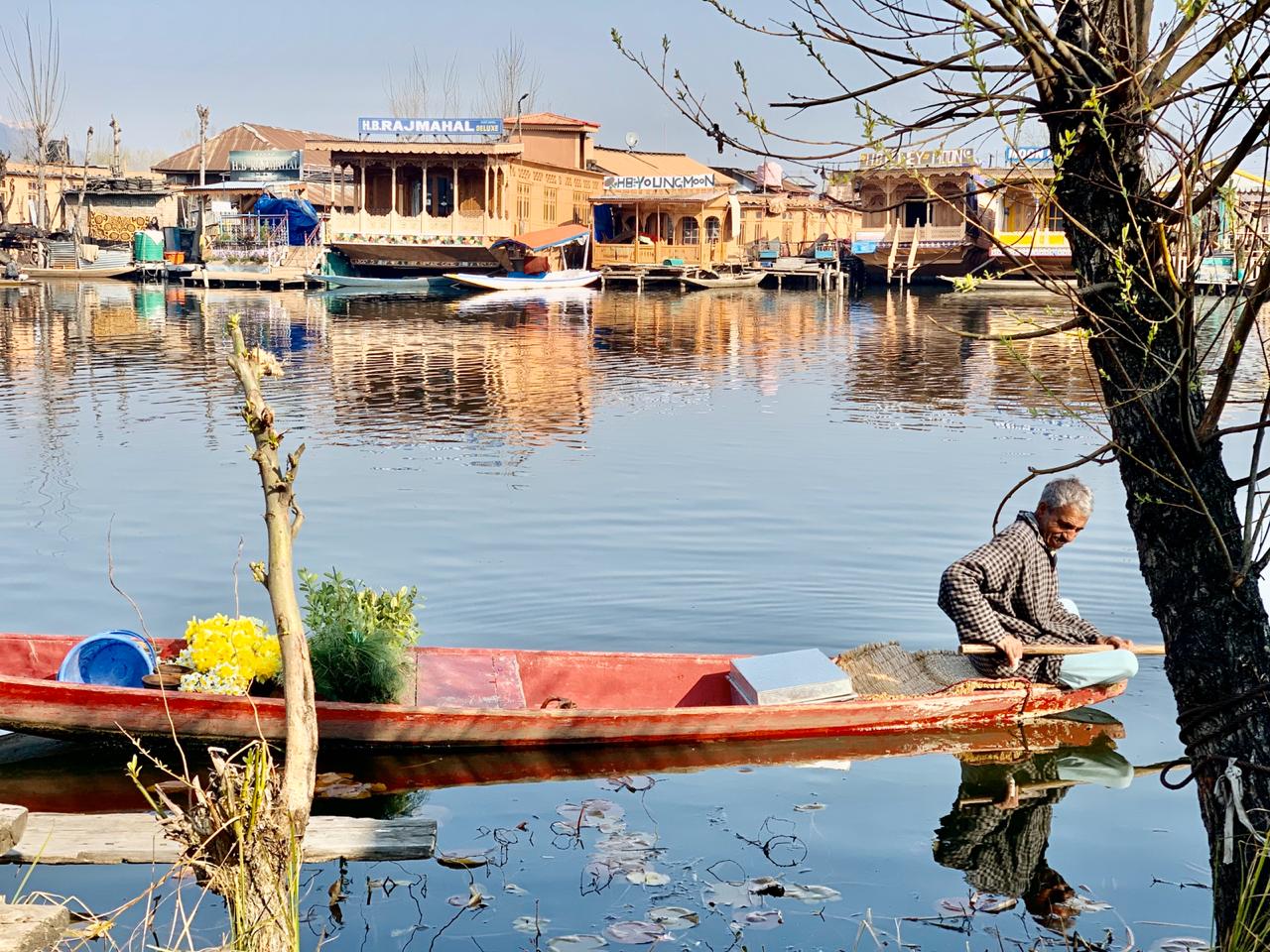Kashmir: Houseboats which are part of Kashmir’s rich culture and often referred as jewel of valley’s tourism are dying fast.
Houseboats made of wood are also called floating palaces on various water bodies of Kashmir including Dal Lake, Nigeen Lake and River Jehlum.
However, over the years, their number has reduced to 910 from 1600 in 1990 as their owners could not do their repairs in time. In the last eight months, more than 10 houseboats sank in waters of Dal Lake.
Mohammad Sharif, a houseboat owner said there is a ban on repairing of houseboats or building new ones. “These houseboats have been built more than 50 years ago and are decaying with each passing day. But we are not allowed to repair them resulting in their number having gone down to 910. If this continues, then you won’t find any houseboat after a decade as most houseboats are in bad shape and need immediate repairing,” Sharif told news agency Kashmir Indepth News Service (KINS).
In 2009, Jammu and Kashmir High Court banned repairs and renovation of houseboats after the government told the court that houseboats were the main source for pollutants of water bodies in Srinagar.
Since then, more than 250 cases seeking permission for houseboat repair are pending with the Tourism Department Jammu and Kashmir, sources say.
Bashir Ahmad, another houseboat owner, said the government was blaming inhabitants of Dal Lake for its deteriorating conditions. “There are lakhs of people living around the Dal Lake besides hundreds of hotels. All the sewage emanating from hotels and houses directly flows into the lake. They why only blame houseboat owners who are just in a small number,” Ahmad said.
“Our houseboats need immediate repair otherwise they all will sink. We are losing our identity,” Ahmad said.
He said it was the responsibility of everyone to keep the lake clean.
“At least 44.2 million litres of sewage goes into Dal Lake every day from its peripheries. Less than one percent sewage is generated from houseboats. Why are only houseboat owners blamed for deteriorating the lake?” he asked.
Houseboat interiors are designed with wood-carved walls, with Kashmiri woven carpets giving a cultural touch to the whole ambience.
The houseboats are of different sizes, some having up to four bedrooms apart from a living room and kitchen. Each room costs between Rs 2000 to Rs 8000 to tourists depending upon the facilities in the room. The value of a houseboat is between Rs 2 to Rs 3 crore.
An official of Lakes and Waterways Development Authority, said more than Rs 1000 crore have been spent for preservation of Dal Lake in the last 15 years.
He said government recently approved a policy for sustainable operation of houseboats in Dal and Nigeen Lakes.
According to the policy recently approved by Lieutenant Governor Manoj Sinha-led administration, the houseboats are required to be registered online subject to the fulfilment of various conservation parameters; within 30 days from the date notification of the policy.
The policy includes provisions for undertaking repairs on damaged, dilapidated and abandoned houseboats.
“The houseboats and associated structures are required to be fitted with bio-digesters for scientific treatment of solid/liquid waste as per the approved design of the Lakes and Waterways Development Authority, besides ensuring availability of adequate fire safety equipment along with trained staff to be verified by Fire & Emergency Services Department,” the policy says.
Further, the policy lays down regulations for ancillary facilities like kitchen, lodging, furniture, first-aid, electricity, power back-up, sanitary fittings and shikara for navigation. (KINS)

